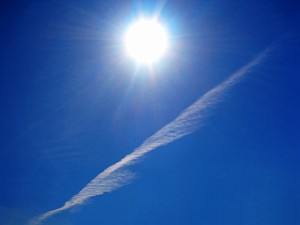Madame Tussauds is a wax museum in London, with branches across different cities of the world. It was set up by wax sculptor Marie Tussaud.
The original content and images from this post are now available on the new website. Click here or on image to be re-directed to the new site
 The original content and images from this post are now available on the new website. Click here or on image to be re-directed to the new site
The original content and images from this post are now available on the new website. Click here or on image to be re-directed to the new siteMadame Tussaud (1761-1850), born Marie Grosholtz in Strasbourg, worked as a housekeeper for Dr. Philippe Curtius, a physician skilled in wax modelling. Curtius taught Tussaud the art of wax modelling. In 1765, Curtius made a waxwork of Marie Jean du Barry, Louis XV's mistress. A cast of that mould is the oldest work currently on display. The first exhibition of Curtius' waxworks was shown in 1770, and attracted a large audience. The exhibition moved to the Palais Royal in Paris in 1776. He opened a second location on Boulevard du Temple in 1782, the "Caverne des Grands Voleurs", a precursor to the later Chamber of Horrors.
Tussaud created her first wax figure, of Francois Marie Arouet de Voltaire, in 1777. Other famous persons she modelled at that time include Jean-Jacques Rousseau and Benjamin Franklin. During the French Revolution she made wax death masks of prominent victims. She would search through corpses to find the decapitated heads of the citizens which the death masks were to depict. When Curtius died in 1794, he left his collection of waxworks to Marie. In 1802, she went to London. As a result of the Franco-English war, she was unable to return to France, so with her collection she travelled throughout Great Britain and Ireland. She established her first permanent exhibition on Baker Street in London in 1835 (on the "Baker Street Bazaar").
One of the main attractions of her museum was the Chamber of Horrors. This part of the exhibition included some victims of the French Revolution and also newly created figures of murderers and other criminals. The name was given by a contributor to Punch in 1845.
Other famous people were added to the exhibition, including Horatio Nelson, and Sir Walter Scott. Some of the sculptures done by Tussaud herself still exist. In 1842, she made a self portrait which is now on display at the entrance of her museum.
The museum moved to its current location on Marylebone Road in 1884. In 1925 a fire destroyed many of the figures, but the moulds survived, allowing the historical waxworks to be remade.
Madame Tussaud's wax museum has now grown to become a major tourist attraction in London, incorporating the London Planetarium in its west wing. It has expanded with branches in Amsterdam, Hong Kong (Victoria Peak), Las Vegas, and New York City. Today's wax figures at Tussauds include historical and royal figures, film stars, sports stars and famous murderers. Known as "Madame Tussauds" museums (no apostrophe), they are owned by a leisure company called The Tussauds Group.
